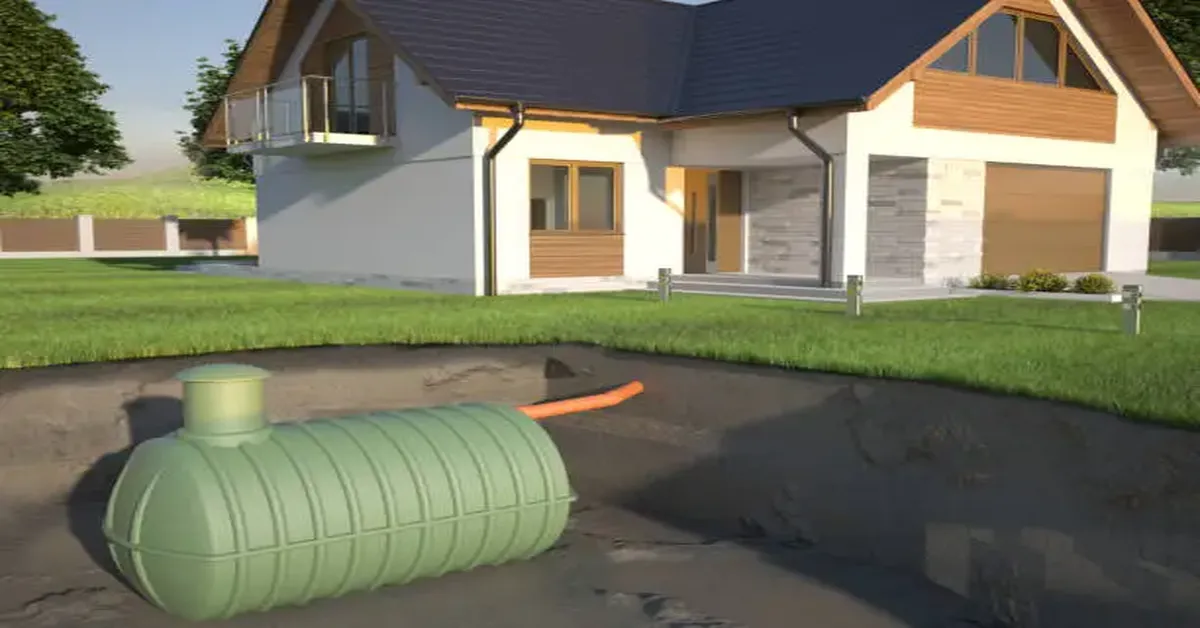If you live in a rural area or a location without access to municipal sewerage systems, you have likely faced the decision between installing a septic tank or a domestic wastewater treatment plant (WWTP). While both systems serve the same fundamental purpose—treating and disposing of household wastewater—their design, performance, and maintenance needs differ significantly. This article will compare both systems, highlight their pros and cons, and help you make an informed decision tailored to your home, budget, and environmental values.
Understanding the Basics
Septic Tanks: A septic tank is an underground chamber where household wastewater is collected and separated into solids and liquids. The solids settle at the bottom, forming sludge, while the liquid effluent flows out to a drainage field or soakaway system, where it is further filtered by the soil.
Domestic WWTPs: Wastewater treatment plants (for home use) take things a step further. These systems use a combination of mechanical, biological, and sometimes chemical processes to treat wastewater to a much higher standard. After treatment, the effluent can be discharged directly into a watercourse or infiltration system, depending on local regulations.
Efficiency and Water Quality
One of the biggest advantages of a domestic WWTP is the superior quality of treated water. Thanks to biological processes (often using bacteria, aka baktérie do žumpy in Slovakia, and enzymes), WWTPs can remove up to 95–98% of pollutants, including organic matter and pathogens. This makes the effluent much safer for the environment.
In contrast, septic tanks rely mainly on gravity and passive separation. They typically remove only 30–50% of pollutants, and the final treatment relies on soil percolation. If the soil is poorly permeable or overloaded, the risk of groundwater contamination increases.
Maintenance Requirements
Septic tanks generally require pumping every 1–3 years to remove accumulated sludge. They have few moving parts and are relatively simple to maintain. However, if neglected, blockages and foul odors can occur.
WWTPs, on the other hand, require more regular attention. They often include aerators, pumps, and control systems that must be checked and serviced—usually annually. The upside is a more efficient and environmentally friendly system, especially when aided by bioactive preparations that enhance microbial activity.
Space and Installation Considerations
Septic systems typically require a larger drainage field, which can limit their feasibility on small plots. The soil must be permeable enough to allow proper filtration, and this is not always the case.
WWTPs are more compact and can be installed on smaller properties. Additionally, they are less dependent on soil conditions, making them a more flexible solution for a wider range of terrains.
Environmental Regulations and Compliance
Across Europe, environmental regulations are becoming stricter, especially regarding nutrient emissions and water pollution. In many regions, new constructions are no longer allowed to install conventional septic systems unless specific conditions are met.
WWTPs are more future-proof in this regard. They are designed to meet the latest discharge standards and often come with certification that simplifies compliance with environmental authorities.
Cost Comparison
Initial cost: Septic tanks are cheaper to install, typically ranging between €2,000 and €5,000. Domestic WWTPs are more complex and cost between €4,000 and €10,000, depending on the system and capacity.
Operating cost: Septic tanks have lower energy needs, but require regular emptying. WWTPs consume electricity and may need periodic replacement of mechanical components, but they reduce the frequency of sludge removal.
In the long term, the overall cost can be similar, depending on how well the system is maintained.
The Role of Biological Additives
Whether you choose a septic tank or WWTP, using biological additives like enzyme-bacteria blends can optimize performance. These products:
- Enhance decomposition of organic matter
- Reduce odor and sludge build-up
- Prevent clogging in pipes and filters
- Support long-term functionality of the system
Eco-friendly solutions such as those from Sanbien can significantly extend the life of your system and help maintain compliance with environmental standards.
Summary: Which System is Right for You?
| Feature | Septic Tank | Domestic WWTP |
| Efficiency | Low to medium | High (up to 98%) |
| Maintenance | Lower, but needs pumping | Higher, more technical |
| Installation cost | Lower | Higher |
| Compliance | Less adaptable to new rules | Designed for future regulations |
| Environmental impact | Moderate to high | Low |
Choose a septic tank if you want a low-tech, affordable solution and your land is suitable.
Opt for a domestic WWTP if you prioritize environmental protection, water quality, and want to meet stricter regulations with confidence.
In both cases, support your system with natural, bioactive maintenance products to ensure long-term reliability and minimal impact on the environment.

